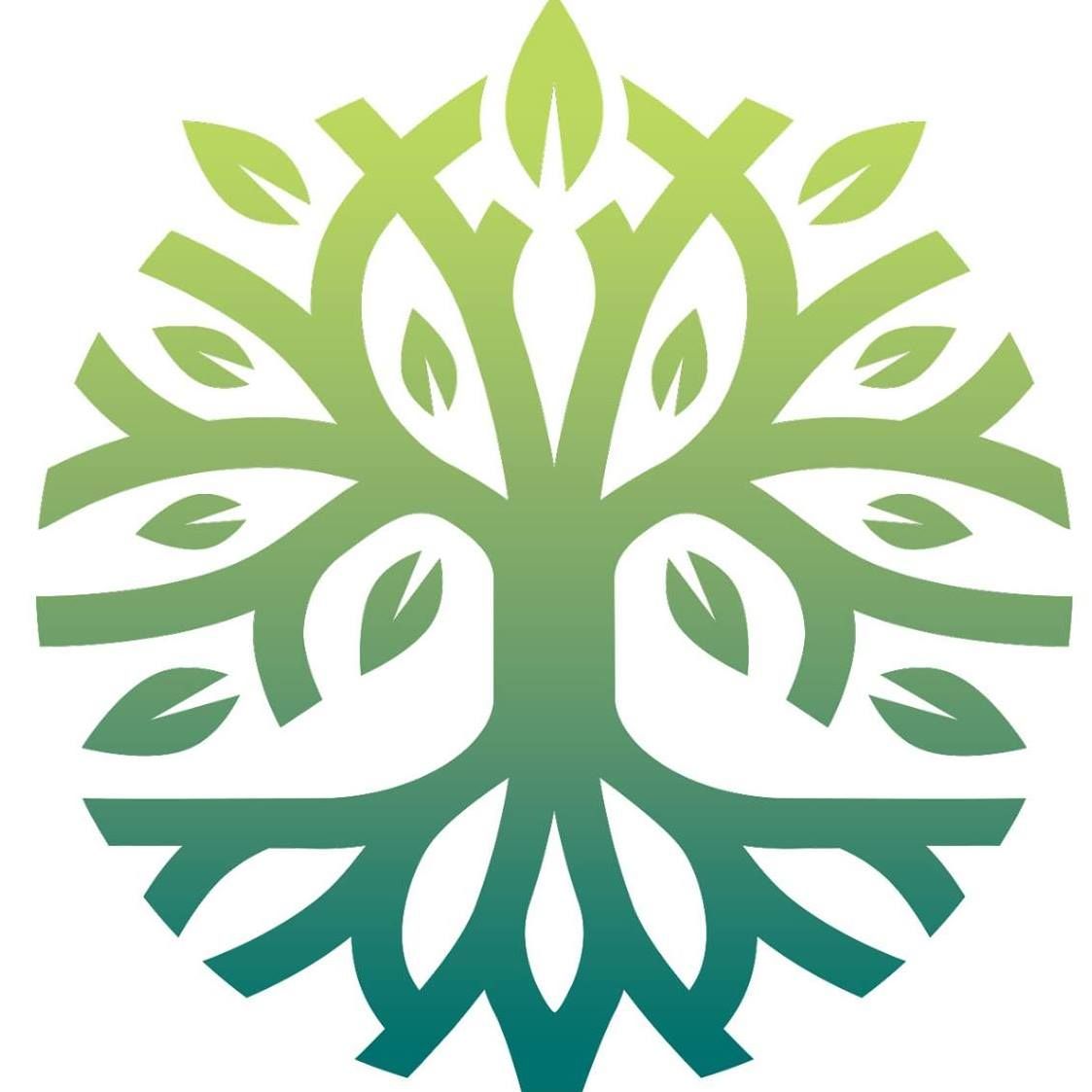Rotator Cuff Injuries
Get Chiropractic care in Highland & Lebanon, IL
Learn more about rotator cuff injuries and how to get pain free.
Dealing With Rotator Cuff Pain
The term "rotator cuff" refers to a group of four small muscles that secure your shoulder within its shallow socket while larger muscles facilitate movement. Strains and injuries to the rotator cuff are the primary contributors to shoulder issues, including pain and discomfort, leading to 4.5 million doctor consultations annually. These injuries are categorized based on their severity as "partial tears," "full thickness tears," or "ruptures." Chiropractic adjustments can be effective in relieving chronic pain.
A "partial tear" occurs when one side of your tendon is partially frayed. A "full thickness tear," often referred to as a "complete tear," indicates that a hole or slit has developed in your tendon, similar to what would happen if a knife were drawn along the length of a rope. A "rupture" represents the most serious injury to your rotator cuff, signifying that your tendon has been completely severed into two pieces.
Causes Of Rotator Cuff Injuries
The majority of rotator cuff tears are not due to sudden injuries like falling, pushing, pulling, throwing, or lifting. Instead, these injuries primarily stem from repetitive strains over an extended period. Among the various causes of rotator cuff injuries, one of the most prevalent is a condition known as "impingement." Impingement occurs when the space where the rotator cuff tendon resides becomes overcrowded, causing the tendon to be squeezed each time the arm is elevated.
Individuals who engage in repeated overhead activities are at the highest risk for developing impingement and related rotator cuff issues. This group includes athletes involved in baseball, volleyball, tennis, rowing, weightlifting, swimming, and archery, as well as professionals in carpentry, painting, wallpapering, window cleaning, and car washing/waxing. Additionally, other known risk factors for rotator cuff problems include smoking, obesity, high cholesterol, and previous cortisone injections.
Rotator Cuff Symptoms
Individuals who have experienced an acute rotator cuff injury frequently describe a "tearing" or "snapping" sensation, coupled with intense pain and weakness. Most chronic strains start with subtle symptoms that become more pronounced as the tear worsens.
Pain is typically focused in the front and outer regions of the shoulder but may occasionally radiate down the arm. Symptoms generally intensify with overhead activities and may escalate to the point where raising your arm overhead becomes challenging. Nighttime pain is often exacerbated, particularly when lying on the affected shoulder. It’s important to inform us if you experience significant neck pain, shortness of breath, chest pain, or pressure in your chest.
Getting Over Rotator Cuff Injuries
Younger patients who experience an acute tear or rupture may require surgical intervention, while the majority will find relief through conservative treatments offered at this office. It's essential to avoid painful overhead activities and the lifting of heavy objects.
Refrain from sleeping on the affected side, particularly with your arm extended overhead. Sleeping on your unaffected side with a pillow between your arm and trunk can be beneficial. If you smoke, consider enrolling in a cessation program, as quitting can aid recovery. Additionally, overweight patients will heal more quickly by adopting a diet and exercise regimen. Consistently performing your home exercises is crucial to achieving a pain-free status.


